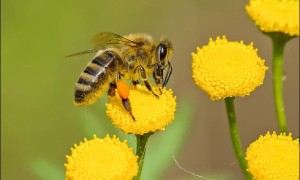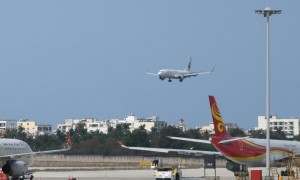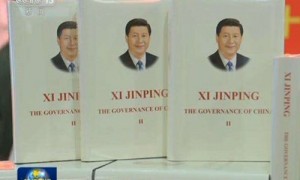The turning of seasons in the U.S. Midwest: Corn is sown, it grows, and it is harvested. The cycle is the same year-after-year, but that cycle is now getting a whole lot smarter.
If it goes in the ground and grows, there is now an app for that. At a farm equipment show in Iowa, technology is front and center, from the palm of your hand to something a whole lot bigger
At big farm shows, it is the hulking machines that everyone goes to see. But it is actually what goes on inside the cabs, the new technology, which is driving farming in the 21st century.
Scott Meldrum from Van Wall Equipment sells new generation machines that look more like something from a racetrack than a corn field.
“Tractor health information will come through here, as well as auto steer functions, documentation functions, or product application functions will come through here,” said Meldrum.
All this data used properly is designed to do one thing: boost yields of Iow’s two most important crops, corn and soya beans. Demand is growing to feed a growing global population set to reach almost 10 billion by 2050.
Current yields of corn are about 200 bushels per acre in Iowa, using this technology can boots yields by 5 percent a year, Meldrum says. But it is not cheap; a tractor alone can cost well over U.S.$600,000.
“Yes, it is a pretty steep number. But when you look at it, it’s going to be there to get your job done,” Meldrum said.
Far cheaper is new drone technology that can spot wind and rain damage from the air and use infra-red technology to determine crop health.
“It’s tremendous. Basically, it’s another tool; it still requires you to be on the ground, so it’s not going to tell you everything, but it’s just a quick way to view a field and get that image back and make decisions with that imagery,” said Brad Buchanan from Crop Copter.
The downside of all this technology is that it is not cheap and the small family farmer will find it tough to keep up with bigger more industrial farms when it comes to equipment like this.
But farms of the future, large and small, will help feed a growing planet. One app at a time.







